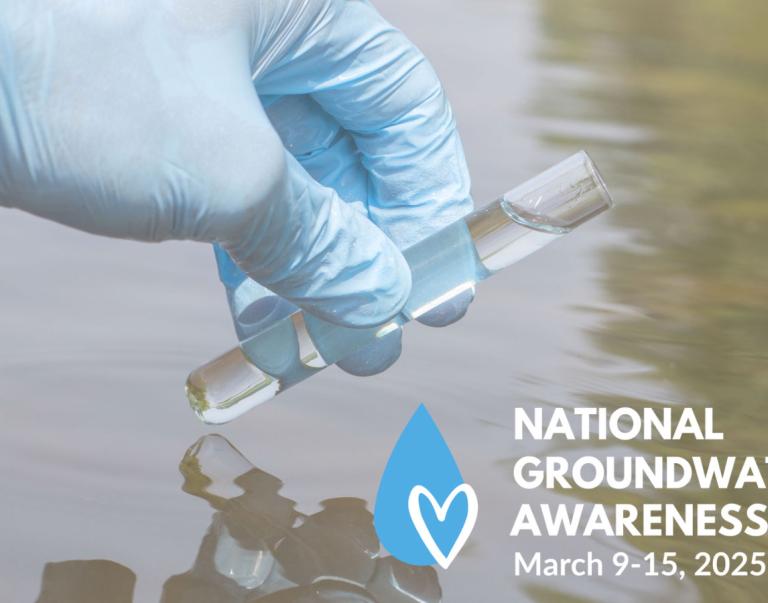
Did you first learn about rabies through the children’s book or movie “Old Yeller”? Rabies has changed drastically over the last century in the United States, moving from a majority of cases occurring in domestic animals like the literary canine hero, to a disease occurring predominantly in wildlife. That makes rabies a significant wildlife management challenge in the U.S. today, and a reason the United States Department of Agriculture and our partners in rabies prevention and elimination recognize World Rabies Day on September 28, 2020. This is a day of global action that started in 2007 to raise awareness for rabies prevention and to enhance control efforts worldwide.
“Every year more than 90 percent of all rabies cases reported in the United States occur in wildlife, typically in raccoons, bats, skunks, foxes, and in Puerto Rico, mongoose,” said Rich Chipman, Coordinator, USDA Animal and Plant Health Inspection Service (APHIS), Wildlife Services, National Rabies Management Program (NRMP). “Up to 60,000 people in the U.S. are exposed to potentially rabid animals each year, with the cost of rabies prevention and control estimated to exceed $500 million a year.”
The rabies virus infects the central nervous system in mammals. While rabies is almost always fatal once symptoms appear, it is also 100 percent preventable. Human exposures can be successfully remedied with vaccine when medical attention is sought immediately after exposure. When encountering wildlife, look out for rabies signs like unusual aggressive or calm and “friendly” behavior, an inability to eat or drink, balance problems, circling, seizures, and coma.
This year’s World Rabies Day theme is “End Rabies: Collaborate, Vaccinate” and that is exactly what USDA does. The National Rabies Management Program was established in 1997 to work cooperatively with local, state and federal partners to prevent spread of specific terrestrial rabies variants in wildlife. An important tool is oral rabies vaccination (ORV) using baits coated with a fishmeal attractant and packaged in two-inch plastic sachets/blister packs or one-inch square cubes. They are eaten by wildlife like raccoons to give them protection against rabies. ORV, along with enhanced rabies surveillance, comprehensive program monitoring and applied rabies research, are key components of the National Rabies Management Program.
“USDA, along with our federal and state agency partners, have strategically coordinated the distribution of more than 190 million ORV baits in 19 U.S. states to date,” said Chipman. “The program established an ORV zone from Maine to New York along the Canadian Border and from Ohio to Alabama to prevent the northward and westward spread of rabies in raccoons.”
The current rabies management strategy has successfully prevented raccoon rabies from establishing a larger geographic footprint into new areas. The program’s long-term vision is eliminating raccoon rabies in the Eastern U.S. entirely. These programs have also led to the elimination of canine rabies variant in coyotes from the U.S. and made significant progress towards the elimination of a specific variant of rabies in gray foxes in Texas, with only one case reported since 2013.
“ORV baits are distributed at the landscape scale by fixed or rotary-winged aircraft, vehicles and bait stations,” said Chipman. “During 2020 alone, USDA and cooperators will distribute approximately 9.4 million baits in 18 states in a coordinated effort to control rabies in wildlife populations so we can protect human and animal health and reduce the economic impact of living with rabies.”
World Rabies Day is sponsored in partnership by the Global Alliance for Rabies Control and the Centers for Disease Control and Prevention.
For more information about USDA rabies vaccination efforts in 2020 visit:
USDA Begins 2020 Oral Rabies Vaccine Efforts in Eastern United States
Field Evaluation Continues on New Oral Rabies Vaccine for Raccoons, Other Wildlife



